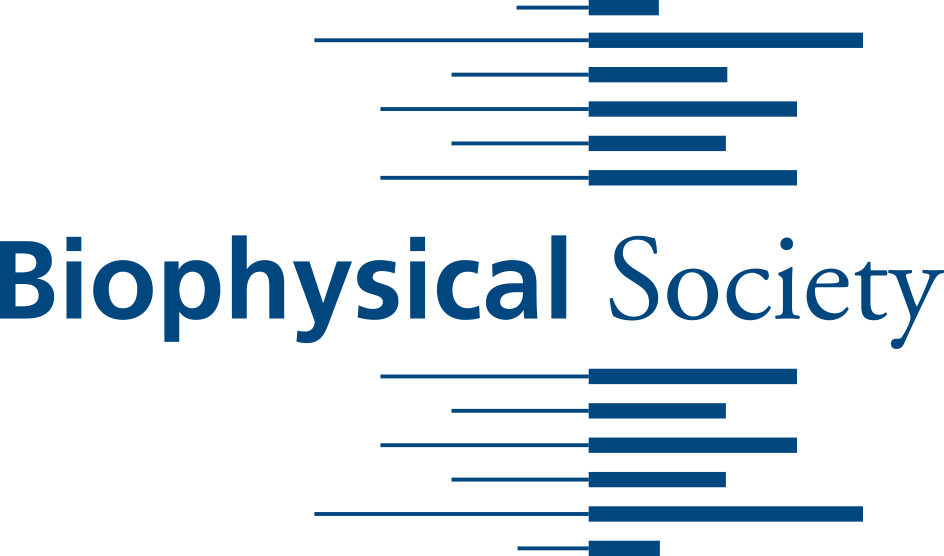Newswise — WASHINGTON, D.C., February 15, 2017 -- A group of researchers from the Czech Republic were intrigued that living organisms emit small amounts of light resulting during oxidative metabolism, when oxygen is used to create energy by breaking down carbohydrates. The researchers began to think about how detecting this light could have potential for biomedical diagnostics.
At the Biophysical Society’s 61st Annual Meeting, being held Feb. 11-15, 2017, in New Orleans, Louisiana, Michal Cifra, head of the Bioelectrodynamics research team at the Institute of Photonics and Electronics, The Czech Academy of Sciences, will present the group’s work within this realm.
“Any organism in which oxidation takes place is a source of endogenous chemiluminescence [the light originates from within],” said Cifra. “Light is also produced during the course of normal oxidative chemical reactions in the organism -- like those that occur during breathing -- without external stimulation of light or the addition of external luminescent probes," Cifra said.
By using sensitive light detection systems, Cifra and colleagues are capturing these weak light signals. “The endogenous chemiluminescence of organisms can act as natural ‘reporters’ of oxidative metabolism and oxidative stress,” he said.
The group’s work is significant because it presents a unique approach for monitoring oxidative stress -- it also happens to be label-free and noninvasive, and runs almost in real time. Cifra pointed out that, additionally, “our technique has a rather low operation cost because it doesn’t require the addition of external chemical probes.”
While several studies of imaging chemiluminescence from organisms have previously been carried out, until now no quantified imaging of the oxidative processes in human skin had been performed.
An imbalance of redox regulation and oxidative stress in humans is related to neurodegenerative diseases -- such as Alzheimer’s and Parkinson’s -- and inflammatory diseases like arthritis, and also plays a role in cancer development.
Convenient monitoring of oxidative stress might enable, when combined with other methods, early-stage diagnostics and tracking of these diseases. “Our technique is a convenient method for monitoring oxidative stress,” Cifra noted. “To fully unleash its power, we need to further improve its sensitivity, and then obtain calibration data on patients and subjects of different skin types, health conditions, etc.”
The researchers’ goal now is to “develop the means to physically modulate and amplify the processes leading to endogenous chemiluminescence,” Cifra said. “Such physical modulation, via electric fields, will give us control of the phenomenon. Pulsed electric fields delivered through micro or nanostructured on-skin chips -- with optical antenna functionality -- are the way to go to increase the sensitivity of the method.”
2858-Pos/B465 “Non-invasive label-free imaging of oxidative processes in human skin” is authored by Michael Poplova, Eduard P.A. Van Wijk and Michal Cifra. It will be presented in a session at 10:30-12:30 p.m. Central Time on Wednesday, Feb. 15, 2017 in Hall B-2 & C of the Ernest N. Morial Convention Center.
ABSTRACT: http://www.abstractsonline.com/pp8/#!/4279/presentation/827
-------------------MORE MEETING INFORMATION-------------------
ABOUT THE MEETING
Each year, the Biophysical Society Annual Meeting brings together more than 6,000 researchers working in the multidisciplinary fields representing biophysics. With more than 3,600 poster presentations, over 200 exhibits, and more than 20 symposia, the BPS Annual Meeting is the largest meeting of biophysicists in the world. Despite its size, the meeting retains its small-meeting flavor through its subgroup symposia, platform sessions, social activities and committee programs. The 61st Annual Meeting will be held at Ernest N. Morial Convention Center in New Orleans, Louisiana.
PRESS REGISTRATION
The Biophysical Society invites professional journalists, freelance science writers and public information officers to attend its Annual Meeting free of charge. For press registration, contact Ellen Weiss at [email protected] or the Media Line at the American Institute of Physics at [email protected] or 301-209-3090.
NEWS RELEASES
Embargoed press releases describing in detail some of the breakthroughs to be discussed at the meeting are available on Newswise and Alpha Galileo or by contacting the Media Line at the American Institute of Physics at [email protected] or 301-209-3090.
QUICK LINKS
Main Meeting Page: http://www.biophysics.org/2017meeting/Home/tabid/6672/Default.aspxSymposia: http://www.biophysics.org/2017meeting/Program/ScientificSessions/Symposia/tabid/6756/Default.aspxDesktop planner: http://www.abstractsonline.com/pp8/#!/4279
ABOUT THE SOCIETY
The Biophysical Society, founded in 1958, is a professional, scientific Society established to encourage development and dissemination of knowledge in biophysics. The Society promotes growth in this expanding field through its annual meeting, monthly journal, and committee and outreach activities. Its 9,000 members are located throughout the U.S. and the world, where they teach and conduct research in colleges, universities, laboratories, government agencies, and industry. For more information on the Society, or the 2017 Annual Meeting, visit http://www.biophysics.org.
###
